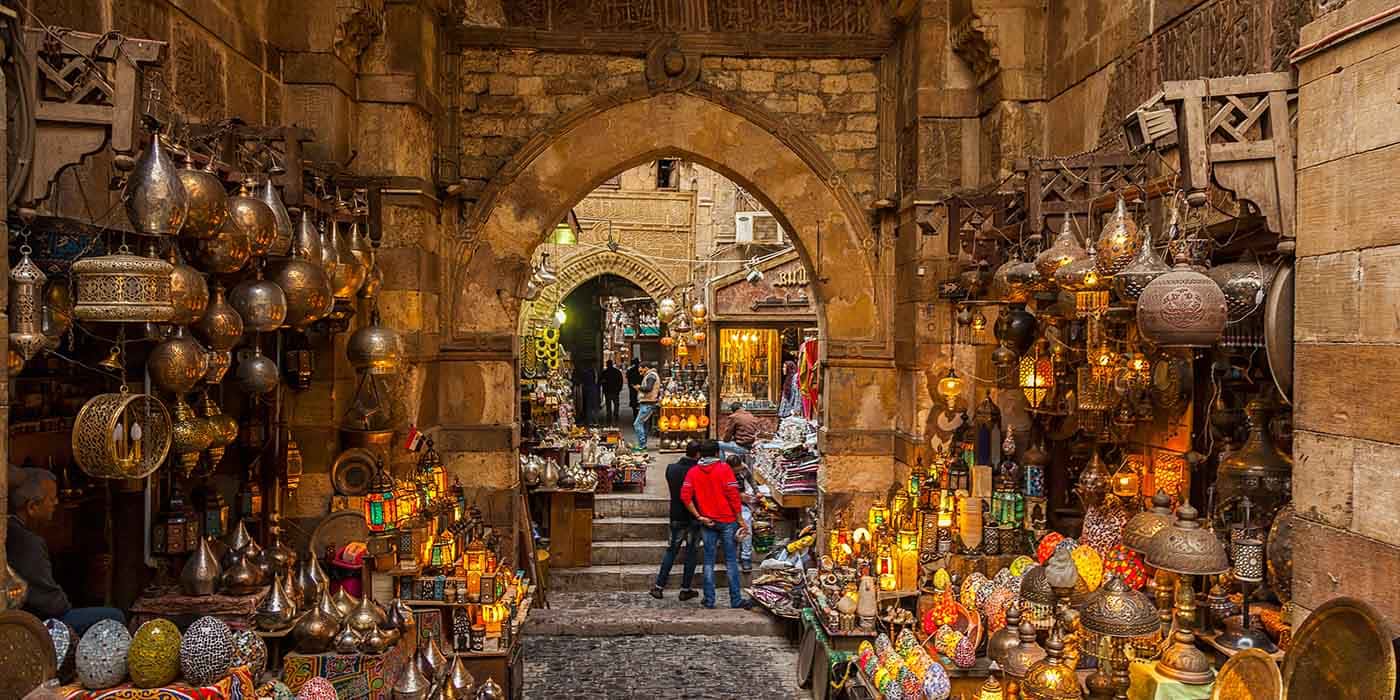

Egypt’s capital, Cairo was founded in 969 BC by the general of the Fatimad Caliph Al-Muizz. As the city developed, it absorbed a wealth of older capitals that had been established since the Arab conquest took off. Modern Cairo holds a wealth of sites and monuments, reflecting its storied past. In fact, the city boasts a number of UNESCO World Heritage sites including the Nilometer on Rawdah Island, the Mosque of ‘Amr ibn al-‘As, the Hanging Church, and the Ben ‘Ezra Synagogue; the Mosque of Ibn Tulun, the Citadel, the Fatimid nucleus of Cairo and its necropolis; al-Imam al-Shaf’i Necropolis; al-Sayyidah Nafisah Necropolis; and the Qaytbay Necropolis.






